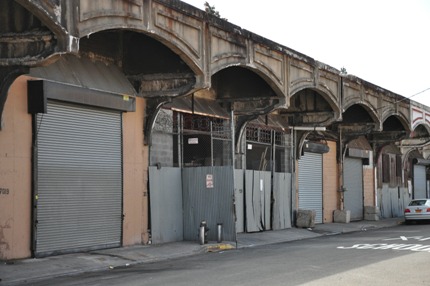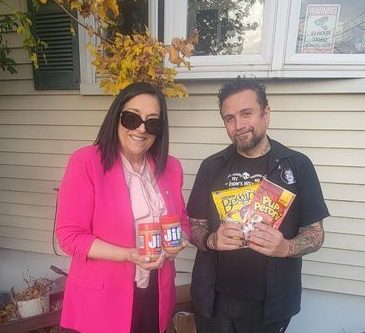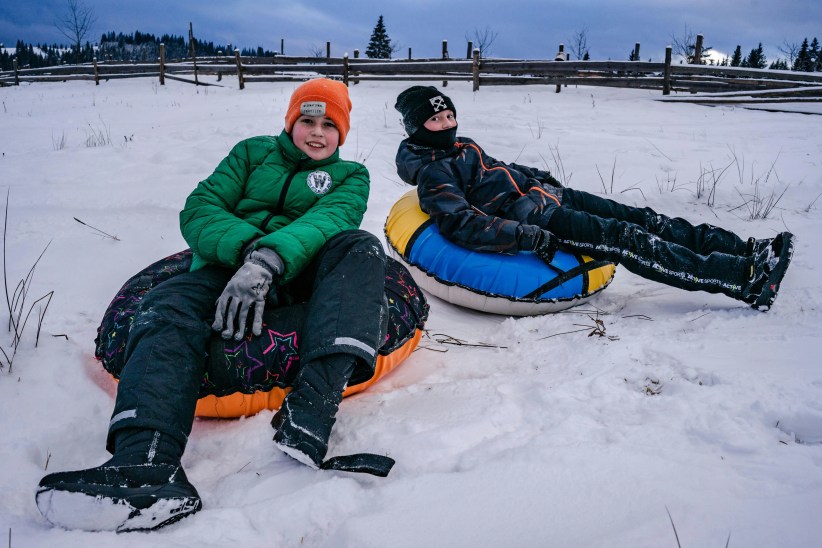The cleanup of polluted soil in Ozone Park has some residents worried toxic chemicals have spread throughout the neighborhood.
End Zone Industries will begin a long-awaited project to remove just a few inches of tainted soil from under eight storage bays under the abandoned Rockaway Beach LIRR line. The bays are between 101st and 103rd Avenues, from north to south, and 99th to 100th Streets, east to west.
Company representatives briefed Community Board 9 about the project at its April 9 meeting – with some board members upset about the project.
David Austin, project manager for AECOM, a consulting firm for End Zone, said major construction will take about three to four months. The “dirty dirt,” Austin said, would be securely removed from the garage bays in bags and transferred to a landfill on sealed trucks. There will also be air monitors running about 12 hours a day, should any contaminants make it into the air.
But board member Etienne David Adorno said he was worried that the monitors would only alert officials, not do anything to prevent or clean up.
“So if there’s a contaminant released into the air, then all it tells us is ‘Hey, a contaminant was just released into the air,’” he said. “So it doesn’t really do us any good once it’s in the air.”
A system of pipes would also be installed to take spoiled air out of the soil, through a filtration system and back into the ground, Austin said.
But concerns over a spread chemical, Trichloroethylene (TCE), business disruption and other concerns had board members skeptical about the project. TCE is an organic chemical that’s been used in cleaning solvents, paint thinner and pepper spray, according to the U.S. Environmental Protection Agency.
Dr. Vincent Evangelista, whose podiatry office is nearby the cleanup, expressed concern over the TCE-tainted brown water about 30 feet under the surface. Evangelista asked Austin and End Zone representatives if the contaminated soil, deemed by End Zone to be non-hazardous, immediately stopped outside of the allotted bays.
Austin acknowledged the soil could have spread to other parts of the neighborhood, but most of it has not been tested.
“There’s always unknowns when you dig underground and into dirt,” he said.
Testers only examined the soil under the eight bays, as required by the state’s Department of Environment Conservation (DEC).
It’s a matter the board would have to take up with the DEC to get the rest of the neighborhood tested, Austin said.
RECOMMENDED STORIES



































